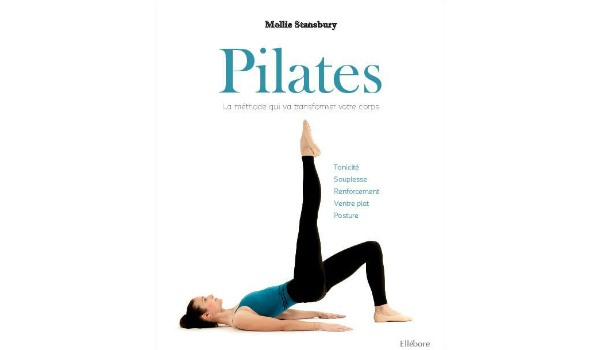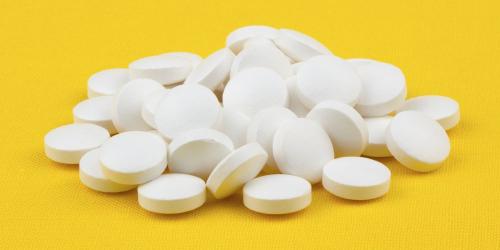Accustomed to high-level physical exercise, Mollie Stansbury, a former dancer, shares the secret of her form in her book "Pilates, the method that will transform your body", in which she explains how to get to this discipline easily, from independently, at home.
Who is your book for?
Pilates is a discipline accessible to everyone, but the book is especially for women who have busy schedules and do not have time to play sports.
There are targeted sessions but also for the whole body, from 5 minutes to 1 hour, depending on the time they have to give in the week.
Can a beginner learn Pilates through him?
It is always better to have already attended a Pilates class to learn the basics, breathing but a novice can start with the book.
There is a big part devoted to preparation, warm-up, and all the basic information you need to know to get started. The most important thing is never to force.
As time goes on, the body learns the correct positions.
Joseph Pilates, the inventor of the method, said "10 sessions to feel the difference, 20 to see the difference and 30 for a brand new body". After how long can we really see results?
20 sessions, I think that's pretty realistic. The ideal is to practice regularly.
It is better to do a little bit and constantly. It's not the time that counts but the correct practice. There is no point in staying 1 hour on the carpet, 5 minutes of practice well done and concentrated will be more effective.
The goal is that it becomes a habit and a pleasure.
What results to expect?
By practicing the various exercises proposed in this book, one can transform one's body.
It is possible to obtain a flatter belly and a refined silhouette.
Some exercises allow you to work your abdominals and all the muscles of the spine to develop good posture. Others can help people who have back pain to return to a correct position.
How to organize your Pilates sessions?
The book proposes ten specific programs and 30 basic exercises that can be adapted according to your needs.
It is the order that is the most important. After warming up, start slowly, then increase the difficulty as you go. There must be no imbalance, there is always a counter-position, if you work abdominals, there must be a movement for the back.
The goal is for everyone to make their own program based on their needs, their physical condition and the time they have.
The book is especially a source of inspiration.
What other activities can be complementary with Pilates?
Pilates is considered gymnastics. For me, this is both wellness and sport, a bit like yoga.
This is one of the influences of Pilates so there are similarities. The ideal is to do both, they are disciplines that complement each other very well.
You were a classical dancer, what did Pilates bring you?
There is a whole generation of Pilates teachers who are basically dancers.
Joseph Pilates opened his first center in the 40's next to the New York City Ballet. When the dancers were injured, they took Pilates classes to stay in shape. Since then, a compulsory passage for classical dancers. With a regular practice, one obtains a more harmonious and slender posture, abdominals drawn and a finer size.

"Pilates, the method that will transform your body," by Mollie Stansbury (Ellebore Editions)



